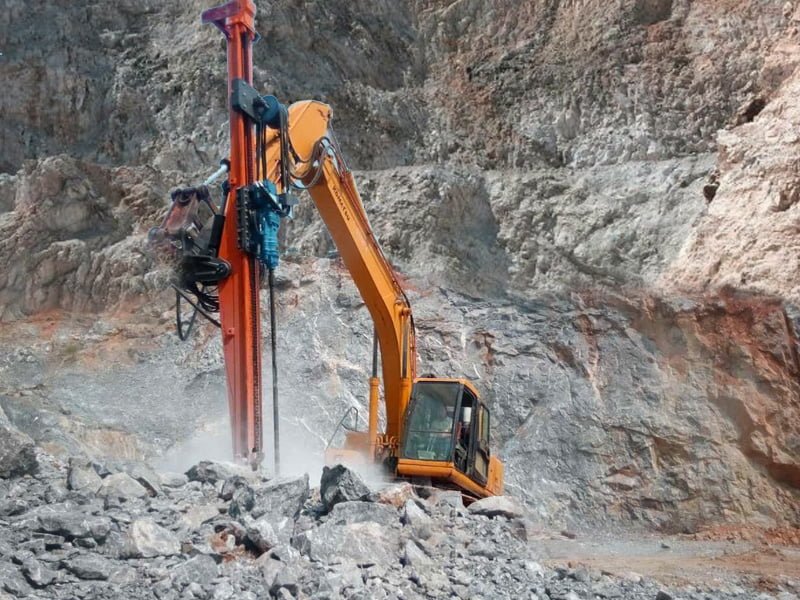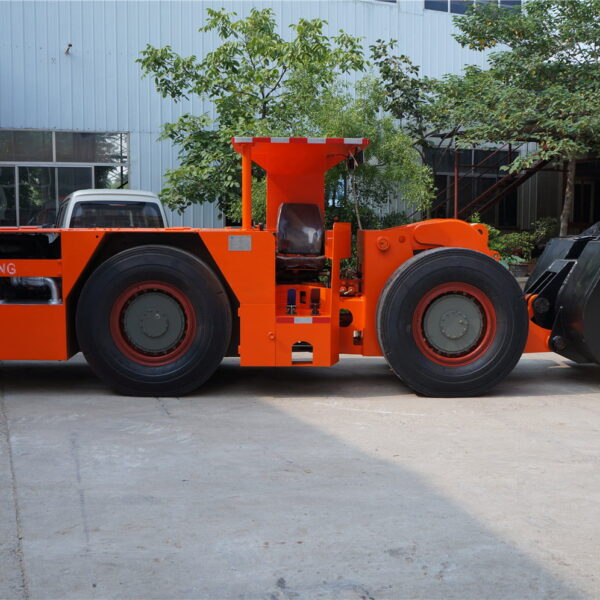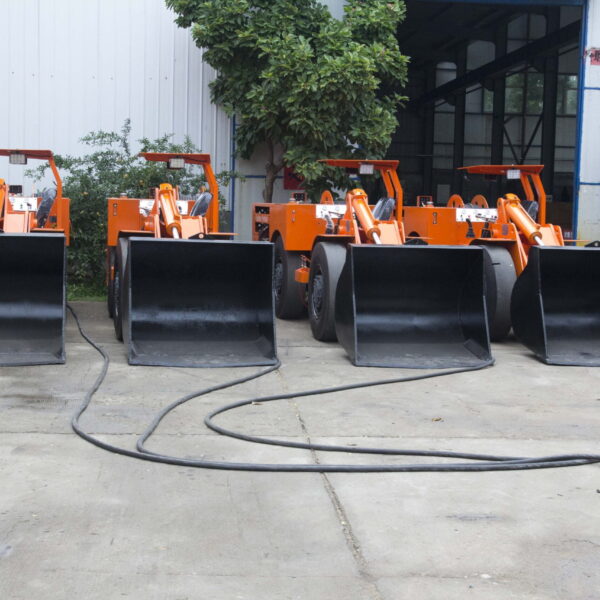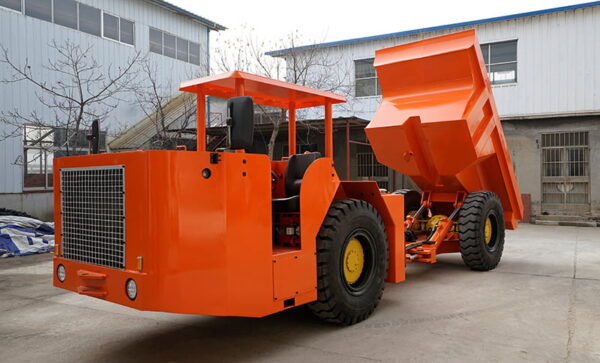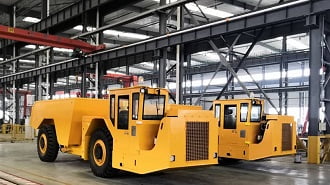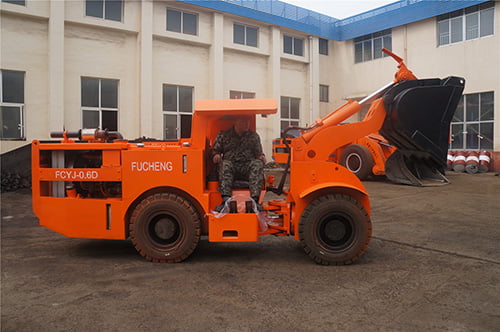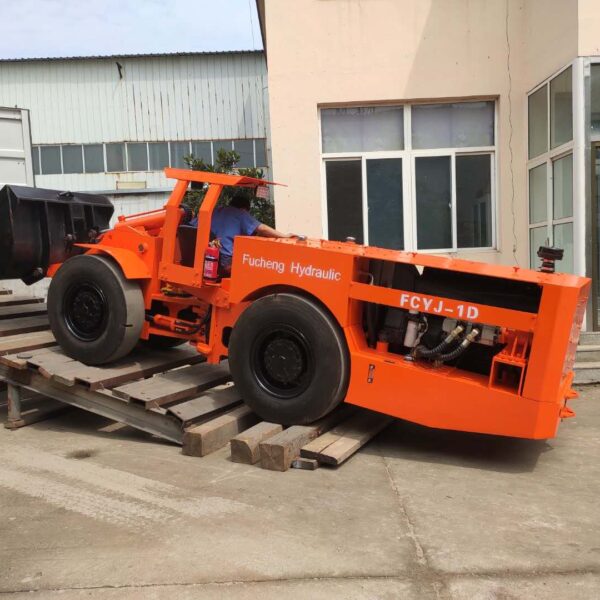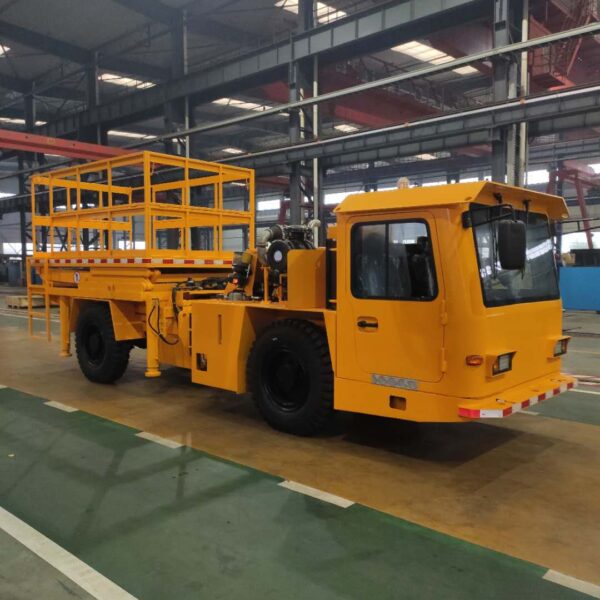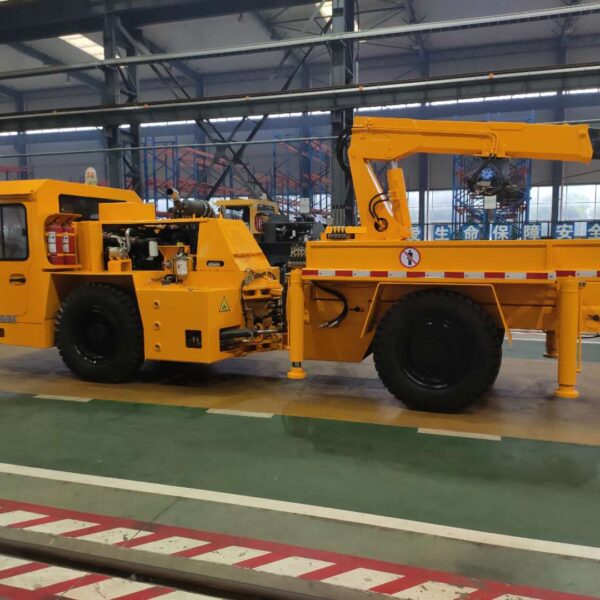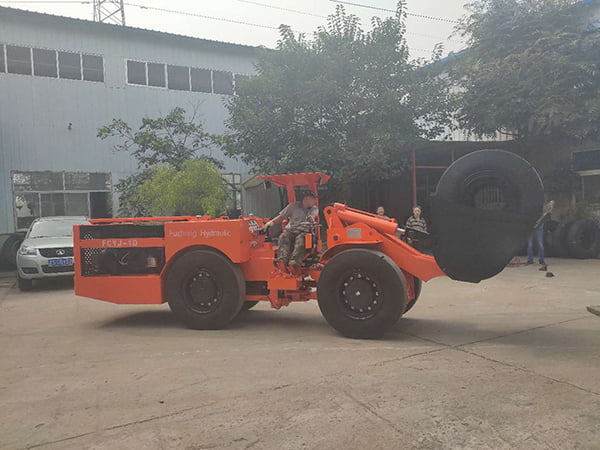Minerals, especially those containing metals, are valuable. Business people are looking for the cheapest and safest way to extract these minerals from the earth’s core. The process of this extraction is the mining process. Mining is the foundation against which all of the mining companies rely on and gravitate around. Usually, mining has two primary mining methods. One of them is surface mining, and the other one is underground mining. This article will give you a general idea of underground mining and its different methods.
Open-pit mining or surface mining is one of the most common mining methods used on the earth’s surface. This type of mining starts from the surface of the planet. On the other hand, Underground mining is only to extract ore from below the earth’s surface. However, the latter contents on woocnc.com will bring you the differences between surface mining and underground mining.
What is Underground Mining?
There are many types of underground mining, such as a jumbo drill. Underground mining involves mining and quarrying machinery and equipment such as jumbo drill to mine ore based on the types of underground mining. Underground mining or underground hard rock mining means various underground mining equipments to excavate minerals, especially those containing metal, such as gold, silver, iron, copper, zinc, nickel, tin, and lead. Therefore, to find good mining and quarrying machinery and equipment, you must choose suitable underground mining equipment manufacturers. On the other hand, Few companies use the same underground mining equipments to excavate ores of gems, such as diamonds or rubies. Moreover, Soft rock mining refers to the excavation of soft minerals, such as salt, coal, oil, gases or oil sands, etc.
Fucheng is one of the excellent underground mining equipment manufacturers in China. It has been engaged in manufacturing mining equipments such as jumbo drill for many years and can produce the biggest mining machine. Underground mining is practical when the ore body is too deep for surface mining; the ore body’s grades are high enough to cover surface mining costs; it has a lower ground footprint than surface mining. In this case, when surface mining is not suitable for ore excavation, the miners should follow the underground mining process. Thus, it is essential to be sure about the convenient mining methods to consider for ore excavation. There are a few upsides and downsides to underground mining. Let’s check them in short.
Upsides
1. Underground mining allows a mine operation hidden from the outer world.
2. Underground mining can be as deep as the development permits.
3. Climate change doesn’t affect underground mining.
Downsides
1. Underground mining is an expensive method than surface mining.
2. Underground mining often needs pillars to safeguard the safety and structure.
3. This mining process is suitable for relatively high-grade, small orebodies.
Access to underground mining
In the modern ages, depending on the structure of the location accessing method depends. So, miners came up with a different accessing process. In this section, we will explain two major mining accessing. They are Underground mining access and ore access.
Underground access
Underground access is those mining methods where accessing into the underground consists of adits, declines, or shafts. These three underground access methods are famous for underground mines. These three generally start from the surface of the ground. And after that, miner decides whether they would use shaft or vertical method or decline to access form depending on the ore bodies position.
Decline
Decline accessing can be a spiral tunnel. It can be a circular tunnel or the flank of the deposit or circles around the stake. In this case, Decline access begins with a box-cut. It is the entrance of the underground mine. A box cut is a small open cut that secures a safe door as access to an underground mine. At this moment, we should know about the overburden and bedrock related to underground mining. In the mining process, overburden is the materials that lie above the area that exploit economic exploitation; for example, soil, rock, and an ecosystem that lies above the ore body. On the other hand, bedrock is the lithified rock that lies under the regolith within the earth’s crust’s surface. However, depending on the overburden and bedrock, miners use a galvanized steel culvert for safety reasons.
Shaft
Shafts are vertical excavations process directly to the ore body. Usually, these underground accesses are adjacent to the ore body. In this case, haulage to the surface via truck is not economical. On the other hand, Shaft vertical access is more economical than truck haulage at depth. And a mine may have both a decline and a ramp.
Adits
In the case of hills and mountains, adits underground accessing is suitable. Adits are horizontal excavation methods inside the hills and mountains. Usually, miners locate the ore body and make flat underground access near the ore bodies.
Decline mining accesses are regularly begun from the side of the stall divider of an open-cut mine when the mineral body is of a payable review adequate to bolster an underground mining operation. Still, the strip proportion has ended up as well extraordinary to back open cast extraction strategies. Miners build them too large and keep up as crisis security gets to from the underground workings and implies massive moving hardware.
Ore access
After finishing all the mining accesses near the body, it’s time to reach the ore surface. In this case, the mining access to the ore body is the ore access. After that, miners excavate the stopes perpendicular to the level into the ore.
Underground mining methods
According to the raw materials data, Stockholm 2010 statement from 2005, 17% of the total metals mines were from underground mining excavation. Here, Miners observed many instances where underground mining is more cost-effective than surface mining. Underground mining is more cost-effective when the ore body is high-grade or very deep. In this case, due to the minor nature of undercover mining operations, miners usually get lower production rates than surface mines. On the other hand, underground mining equipments are more selective and reduce waste rock while mining.
However, depending on the mineral mined and the deposits’ nature, there are varieties of underground mining methods the miners usually follow. In this case, due to the new technology’s innovation, the overall process gives a greater productivity and safer mining. Besides, modern technologies also decreased the cost of such production methods. Now, at this very moment, we will demonstrate the most popular underground mining methods below. We hope you can get a general idea regarding these underground mining methods.
Cut and fill mining
Cut and fill mining is a popular choice for steeply dipping and sometimes irregular ore bodies. The cut and fill underground mining equipments is preferable for mines that require selective mining and adaptability to the variations in the rock mass. This mining method is also popular as a small-scale mining method. Miners usually carry out the ore body in the horizontal slices along the ore body where the bottom portion is the starting side. The miners backfill the excavated area, and the production continues to upward. Each production level accomplishes drifting until the miners mined the entire slice. After that, miners backfill the portion, and the fill becomes the working platform where the miners already mined the next level.
However, the back slashing is for providing access to the upper slices within the stove. One of the advantages of this type of mining is reusing the waste for backfill materials. First, we need to drill black holes to get the first slices of the ore. Then, after charging the explosive and blasting, it mucks out the ore passes in the next step. And then, the mining truck collects the blasted materials and passes them to the refining section. Finally, before starting the subsequent blast, the surrounding rocks reinforce each other.
Shrinkage
Miners consider five suitable conditions for shrinkage before start to mining. First, the ore body in the selected place should be highly graded. Secondly, The hanging wall and footwall must be hard enough to hold the weight. Thirdly, The steep should be inclined to ore deposits. Fourthly, The ore body can not have Sulpher contents. And finally, The ore minerals should be hard. If all these conditions suit the target area, miners move for the next step to let their people excavate.
Shrinkage mining has two different levels, one is on the higher side, and one is under the lower side. Now, there are two raises path which connect the upper and lower levels. There is an undercut portion for support. Finally, miners will make some funnels for the access point. For blasting, miners drill the specific point on the ore body, and the broken ore falls in the inner cavity. After that, the miners take away the ore through the access point. In this way, the shrinkage stopes configuration removes the ore at horizontal slices from bottom to top. This process continues until the sope is wholly mined. One of the advantages of the shrinkage method is that it is safe and cheap. Moreover, the broken ore can be a platform for the following mining methods. However, one of the disadvantages of this mining method is that traveling inside the ore is complicated than other mining methods.
Sublevel long hole
This mining method is a commonly used method for large-scale mining. It is a versatile and productive method used for large ore bodies with a steep depth, regular shape, and acceptable ore boundaries. In this case, there are different variants of the process, depending on the ore body’s shape. However, the method is based on the principle of blasting large ore bodies. Miners create the drifts through the ore bodies to enable the mining of stops between sublevels. We can divide the ore body into primary and secondary stopes. Here, miners excavate the primary ore stops first. And then they plan to go for the secondary stopes.
In this process, after mining the stopes, the miners fill these stopes to hold the total weight of the upper ore body. This filling prevents the sie all while mining the secondary stops. It requires opening races initiating the opening blast to start up the stoping process. If rock condition allows, it is common to drill the entire stope before charging and blasting. When the first section has been demolished, enough room will shoot the stope’s large area. Now, the advantage of filling the room is that the possibility of reuse waste for backfilled material, such as tailing sand from the processing plant. The excavation procedure continues according this way.
Room & Pillar
The room and pillar mining method is a standard mining method where ore bodies with a dip are less than 50 degrees. Different variations of the methods depend on rock conditions and the ore body’s depth and thickness. When mining the ore, a grid system of open rooms and pillars supporting the overhead created rock mass. Miners optimize the mining sequence to accommodate rock conditions and ventilation demands. The mining machine mine out the ore using the same drill and blast technique as in conventional drifting, where the drift becomes the room between the pillars.
The process itself holds several sequential operations where the number of activities varies depending on ground conditions and design criteria. The key to success in room and pillar mining is establishing the rooms’ optimum sizes and the pillars to recover the maximum amount of ore and leave the minor possible posts behind without compromising safety. Working at production points enables the efficient use of equipment. Miners usually use various transportation machines for transporting to the surface.
Block Caving
This mining method is a large-scale mining method. It allows for massive volumes of rock extraction efficiently. Regarding this mining method, the development time required before production starts is longer than other mining methods. Miners create the gap between the rock mass to draw the first pieces of rock in the lower part of the orebody.
Miners break down the ore body into smaller pieces. They develop and the undercut level to achieve this. Besides, they also produce it below the extraction level, where ore will be extracted throughout the life of that production area. Draw bells are created between undercut and extraction levels and become passages for caved rock. Accurate drilling is essential to avoid misfires. Substantial rock reinforcement such as steel aches, sprayed concrete cable blots, rock bolts, steel mesh, and straps are usually required due to several factors associated with block caving. Now, the miners can use a mining truck to transport the ore to the surface.
Conclusion
Besides all of the above methods, other mining methods are available nowadays, depending on the ore bodies’ environment, soil, and position. In this case, We have demonstrated the major five kinds of Underground mining methods.
However, this summary will help you know them briefly and will surely help you with further research. The keywords we used here are essential for your valuable study on underground mining.

